インドネシア2代目支局長 フィルダBLOG

インドネシア通信vol.41 「ティクスお寺」
導入実績700サイト以上!!
「カスタメディア」の事例ダウンロードは
こちら
モジョケルトで最後に訪れたティクスお寺には入浴儀式のプールがあります。元々「ティクスお寺」はラットを意味し、ラット繁殖の囲いを掘削中、1914年に敷地が発見されました。また1984年~1985年にお寺が完全に復元されました。
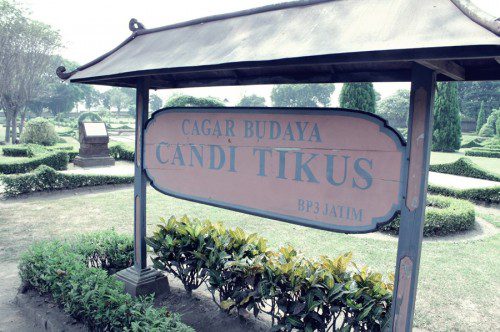
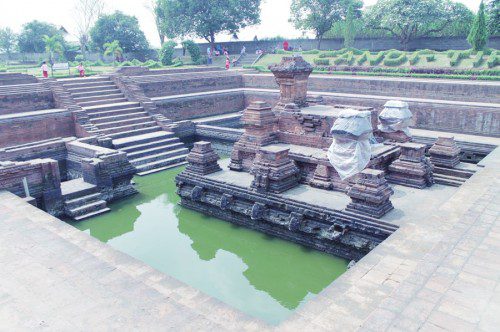
主要な建物である「タレット」は中央に位置する最上部で、2テラスに囲まれています。この形式はヒンドゥー教の神話から、マウントマハメルの神聖が反映されていて、不老不死の薬であると信じられています。寺院は2種類のサイズのレンガで構成され、ベースは小さいレンガと層状の大きなレンガで作られています。また、寺院にはレンガで作られたものと安山岩岩から成る、2種類の異なる噴水があります。
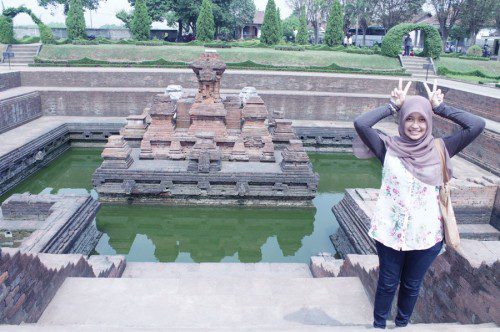
ティクスお寺はディヌク集落、テモン村、テロウラン小区域、モジョケルトリージェンシーに位置しています。
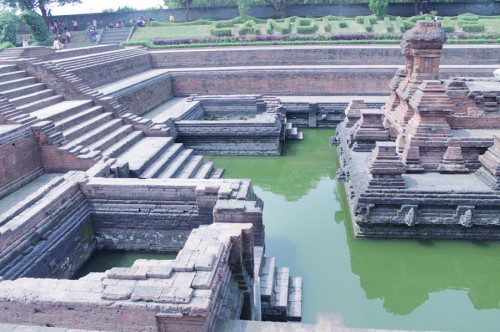
本サイトでは容易かつ迅速動員のために、ジョケルトで寺院周辺を旅行する際、バイクを使用することをお勧めします。前回掲載のブラフ寺は、テロウランと呼ばれる遺跡の一部で、マジャパヒト帝国の首都であると予測されています。
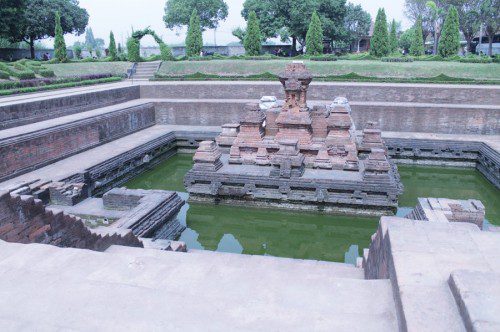
寺院のほかに、「セガランプール」と呼ばれる遺跡の一部となるプールがあります。おそらく主に都市の貯水池とする他、乾季に高密度市街地のための不可欠の水源、レクリエーションプールや釣り堀、といった様々な機能を務めます。更に遺跡を訪れることは、子供たちにとって歴史の知識を高めるための楽しい教育ツールとなります。
Bahasa
Candi Tikus
Candi terakhir yang saya kunjungi di Mojokerto adalah Candi Tikus. Candi ini adalah kolam pemandian ritual. Candi Tikus berarti ‘tikus candi’, nama ini diberikan saat penemuan candi pada tahun 1914 karena situs ini muncul selama penggalian kandang peternakan tikus. Pemulihan lengkap candi ini dilaksanakan antara tahun 1984 dan 1985.
Bangunan utama awalnya terdiri dari dua teras, di mana susunan konsentris ‘menara’ dikelilingi bagian tertinggi dari struktur, yang terletak di pusat. Bentuk ini dapat dilihat untuk mencerminkan Gunung suci Mahameru dari mitologi Hindu, yang diyakini menjadi obat mujarab keabadian. Candi ini dibangun menggunakan batu bata dari dua ukuran yang berbeda. Dasar candi terdiri dari batu bata besar berlapis dengan batu bata yang lebih kecil. Juga, candi memiliki dua jenis air mancur. Ada air mancur yang terbuat dari batu bata dan ada yang terbuat dari batu andesit.
Candi Tikus terletak di dusun Dinuk, desa Temon, Kecamatan Trowulan, Kabupaten Mojokerto. Untuk mobilisasi mudah dan cepat, saya sarankan Anda menggunakan sepeda motor untuk berkeliling ke situs candi-candi di Mojokerto. Candi-candi yang saya jelaskan di minggu sebelumnya merupakan bagian dari situs arkeologi yang disebut Trowulan. Situs ini telah diprediksi menjadi ibu kota Kekaisaran Majapahit.
Selain candi, ada juga kolam renang yang menjadi bagian dari situs arkeologi ini disebut ‘Kolam Segaran’. Kolam ini memiliki berbagai fungsi, tetapi terutama sebagai reservoir kota, sumber penting air segar untuk kepadatan tinggi daerah perkotaan, terutama pada musim kemarau. Sekarang Segaran fungsi kolam renang sebagai kolam renang rekreasi dan kolam pemancingan. Dengan mengunjungi situs arkeologi dapat menjadi alat pendidikan yang menyenangkan untuk meningkatkan pengetahuan tentang sejarah, terutama untuk anak-anak.
English
Tikus Temple
The last temple that I visited in Mojokerto is Tikus Temple. This temple is a ritual bathing pool. Tikus Temple means ‘rat temple’, the name is given at the discovery in 1914 because the site appeared during the excavation to be a rat-breeding enclosure. The complete restoration of this temple was implemented between 1984 and 1985.
The principal building originally consisted of two terraces, upon which a concentric arrangement of ‘turrets’ surrounded the highest part of the structure, located in the centre. This form may be seen to reflect the holy of Mount Mahameru from Hindu mythology, which is believed to be the elixir of immortality. The temple was built using bricks of two different sizes. The base of the temple consists of bigger bricks layered with smaller bricks. Also, the temple has two different types of fountains. There are fountains made of bricks and there are ones made of andesite rock.
Tikus Temple is located in Dinuk hamlet, Temon village, Trowulan Subdistrict, Mojokerto Regency. For easy and quick mobilization, I suggest you to use a motorbike to travel around visiting the temples site in Mojokerto. The temples I have described in previous weeks are part of the archaeological site called Trowulan. This site has been predicted to be the capital city of the Majapahit Empire.
Besides the temples, there is also a pool that becomes part of this archaeological site called ‘Segaran Pool’. The pool probably served various functions, but mainly as the city reservoir, the source of fresh water essential for high density urban area, especially during the dry season. Now Segaran pool functions as a recreational pool and fishing pond. By visiting the archaeological site can be a fun educational tool to increase knowledge of history, especially for children.


